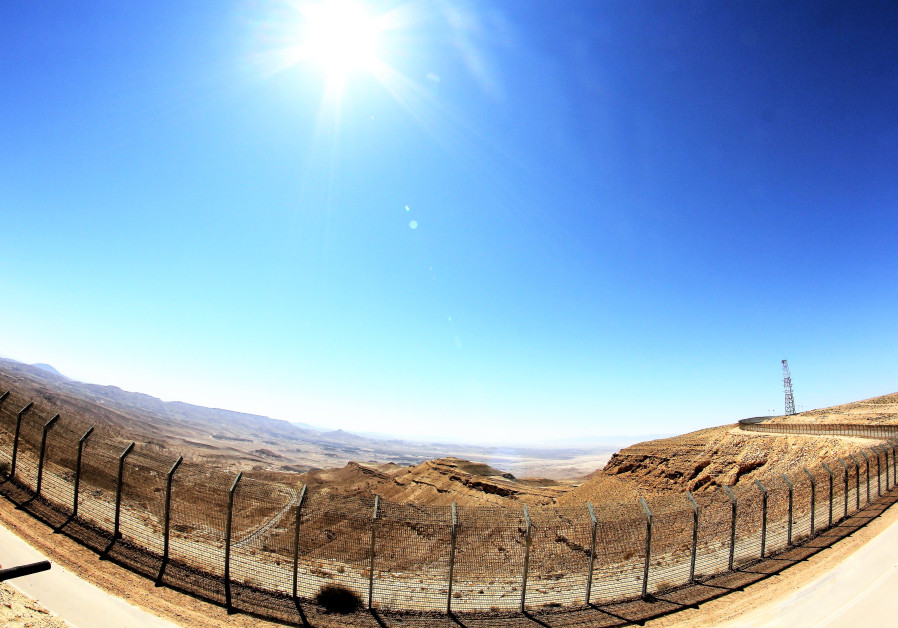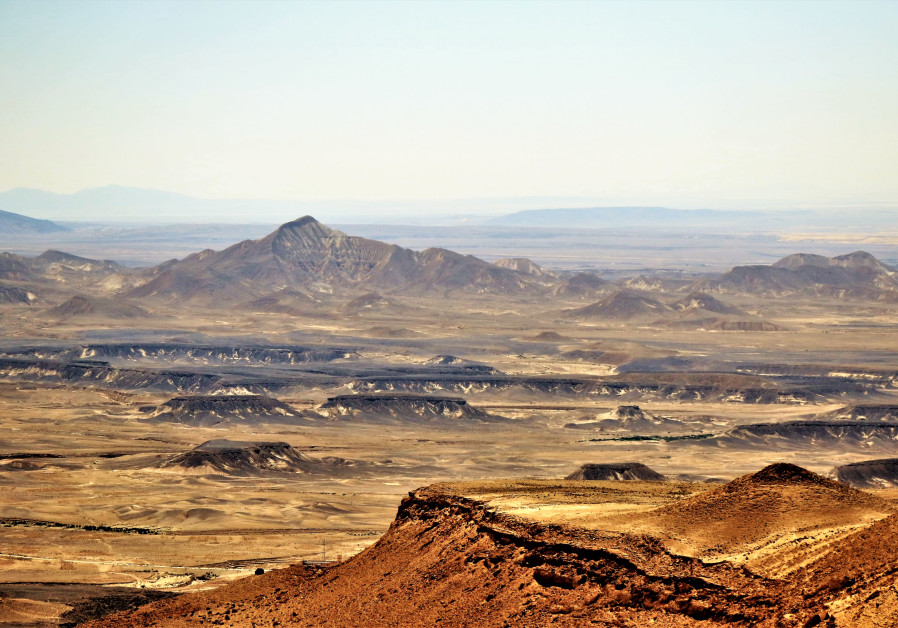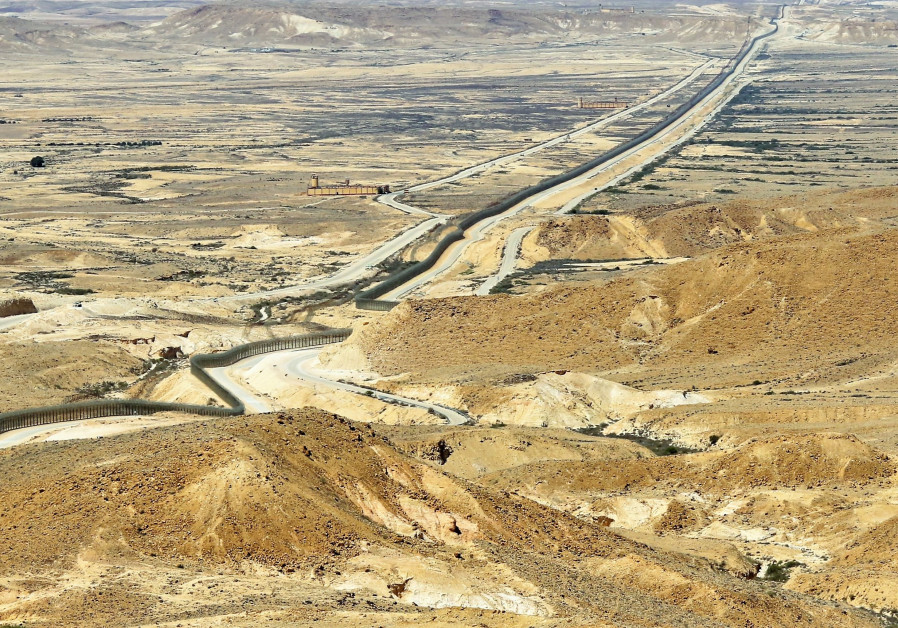Road 10, stretching parallel to the border with Egypt, is one of Israel’s longest paved routes, but it is also almost certainly the country’s least-used road and lies in almost complete desolation for most of the year.

During the temporary opening of Route 10 last month, soldiers stood at roadblocks, checked IDs and counted cars and their passengers in to ensure that everybody could be accounted for when the barriers dropped with darkness and all cars would have to leave. Although the route is demarcated on its western side by the imposing, tall steel border fence that is the most prominent man-made feature for miles, in some stretches it appears also to separate two distinctive landscapes, and it emphasizes the geographical differences that become even more apparent between Israel’s Negev and Egypt’s Sinai deserts.

For Israelis looking across into Egypt, about every kilometer, there is a border post housed within a concrete quadrangle for the soldiers who man watchtowers to ensure nobody crosses in either direction. The Israeli lookouts are more discreet and appear less frequently. Route 10 used to feature in the news a great deal before the three-year project to build the fence was completed in 2013, because of a number of terrorist attacks that emanated from Sinai.
After almost 30 years following the signing of the peace treaty with Egypt, Israel deemed it vital to erect a contiguous barrier firstly to reduce the terrorist threat; to put an end to the stream of African asylum-seekers and migrants fleeing danger and hardship in their own countries; and stop human sex trade trafficking and drugs smuggling.

The route is certainly not the one to choose to get to Eilat, as there are no services anywhere along it, and the nearest civilian communities are distant.
The road traverses what is arguably the most remote part of Israel, and covering even part of it will require a full day’s outing. It is suitable for almost all vehicles, although ones with a high ground clearance are preferable. The journey from the center of the country to Nitzana, on to the road and then off at the Mount Harif exit, about a third of the stretch of Road 10, before returning home, will clock up about 300 kilometers of driving, much of it requiring extra care because of the poor road surface.

Enjoy it when you can.
